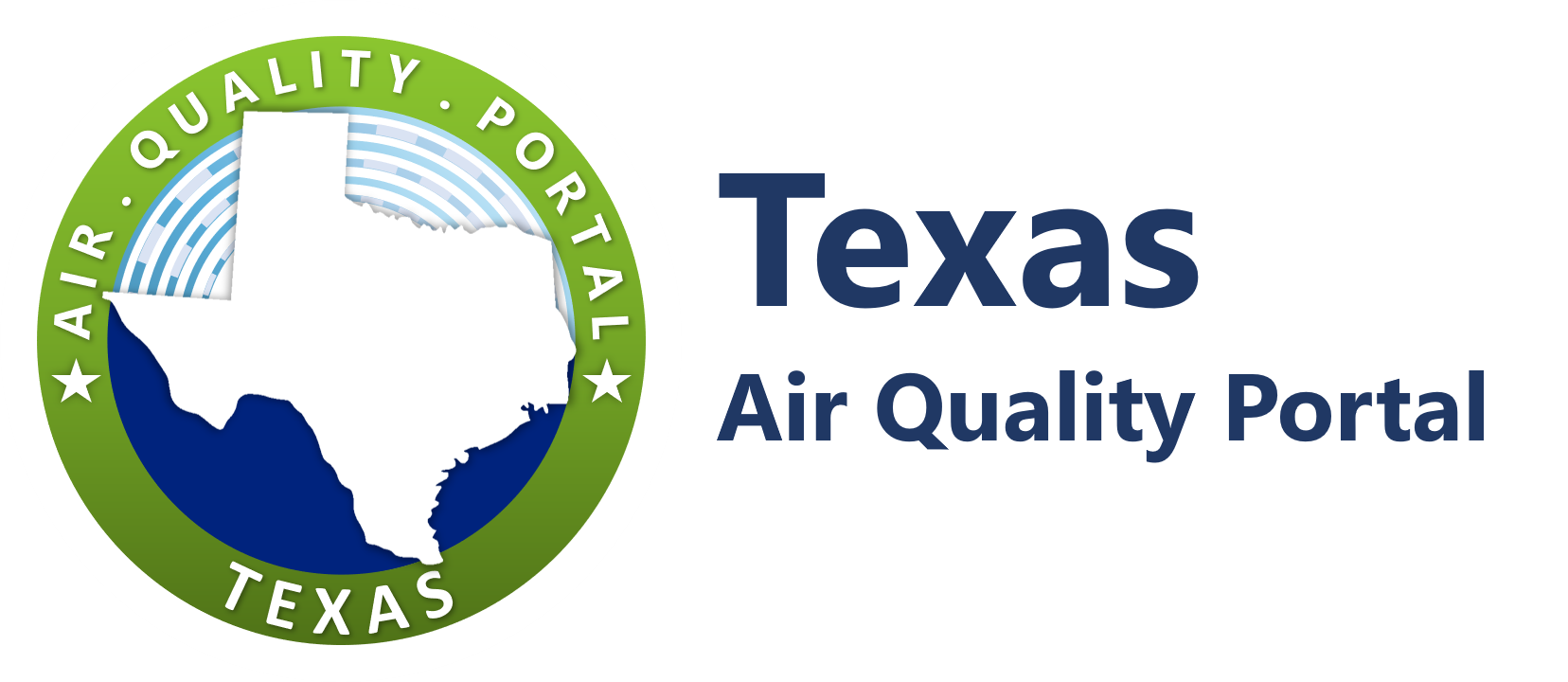Conformity
Transportation Conformity
The tools, documents and other resources listed in this section are designed to help transportation Air Quality practitioners in Texas undertake Transportation Conformity emissions inventories for the purpose of air quality planning.
Transportation Conformity is critical for maintaining and improving Air Quality in Texas, and nationwide. Metropolitan regions that fail to meet the Environmental Protection Agencies’ (EPA) National Ambient Air Quality Standards (NAAQS) are required to engage in the Transportation Conformity process. In the broadest sense, Transportation Conformity requires local governments involved in developing regional transportation plans develop emission inventories to estimate the contribution of on-road transportation activities to regional air quality. These emission inventories are then compared to statewide budgets or targets outlined in the State Implementation Plan (SIP) to ensure that regional transportation plans are consistent with statewide air quality improvement plans.
Transportation conformity in Texas involves input and collaboration from multiple stakeholders – including representatives from local (city) governments, the Texas Department of Transportation (TxDOT), Federal Highway Administration (FHWA), Texas Commission on Environmental Quality (TCEQ), and Texas A&M Transportation Institute (TTI).
While the ultimate goal of transportation conformity is to ensure that pollutants from transportation sources do not exceed state targets, the process is also designed to encourage transportation planners to determine and understand the sources of transportation emissions so that effective strategies can be designed to reduce them.
State of Texas Transportation Conformity Guide
The Texas Transportation Conformity Guide assists Metropolitan Planning Organizations (MPO) with developing the Transportation Conformity documentation by providing the tools and resources in one central location.
What is Transportation Conformity Purpose?
Transportation Conformity is a federal requirement in nonattainment areas to conduct air quality analysis on projects, programs, and policies identified in transportation plans, transportation improvement programs, federally funded projects, or projects requiring federal approval. Conformity determinations must demonstrate consistency between emissions expected from the implementation of transportation plans and programs and Motor Vehicle Emission Budgets (MVEBs) in the applicable implementation plan. To meet this criterion, conformity determinations in nonattainment areas with adequate MVEBs from an applicable State Implementation Plan (SIP), must perform an MVEB test. For the MVEB test, the emissions analysis must demonstrate that estimated emissions are less than the MVEBs in the applicable implementation plan.
The determination of the analysis is a two-step process in metropolitan areas. The first step is for the MPO to make the initial transportation conformity determination at the local level. The second step is for the Federal Highway Administration (FHWA) and Federal Transit Administration (FTA) to make a joint transportation conformity determination at the federal level. Upon favorable federal approval, a four-year window begins during which projects, programs, and policies identified in the Metropolitan Transportation Plan and Transportation Improvement Program may move toward implementation.
Conformity Resource Documents
- Conformity Process (Updated 03/2024)
- Pre-Analysis Consensus Plan Template (Updated Working Copy 02/12/25)
- Conformity Document Structure Template (Updated Draft of Traditional Version)
- Conformity Submittal Items Checklist (Includes File Formats required/Expected)
- Regional Transportation Conformity (Updated Working Copy)
- Contact List for Consultation Partners (Conformity Review Contacts Updated 11/24/25)
Transportation Control Measures (TCM)
- Substitution Process
- EPA Guidance for Implementing TCM Substitution Addition Provision
- 30 TAC §114.260 (Transportation Conformity)
- 30 TAC §114.270 (Transportation Control Measures)
Regionally Significant Roadway Definitions
The Texas Air Quality Master Schedule is a multi-agency collaboration designed to provide a timeline or calendar of transportation air quality activities across the state. Transportation air quality activities include conformity analyses, SIP development, NAAQS timelines, Travel Demand Modeling, and data acquisition and analysis. The Air Quality Master Schedule is regularly updated through Technical Working Group for Mobile Source Emissions (TWG) sub-committee meetings. Click here to view the AQMS User Guide.

